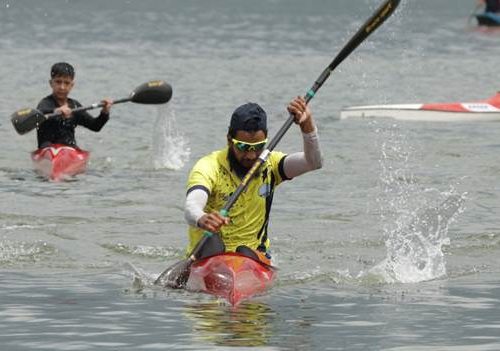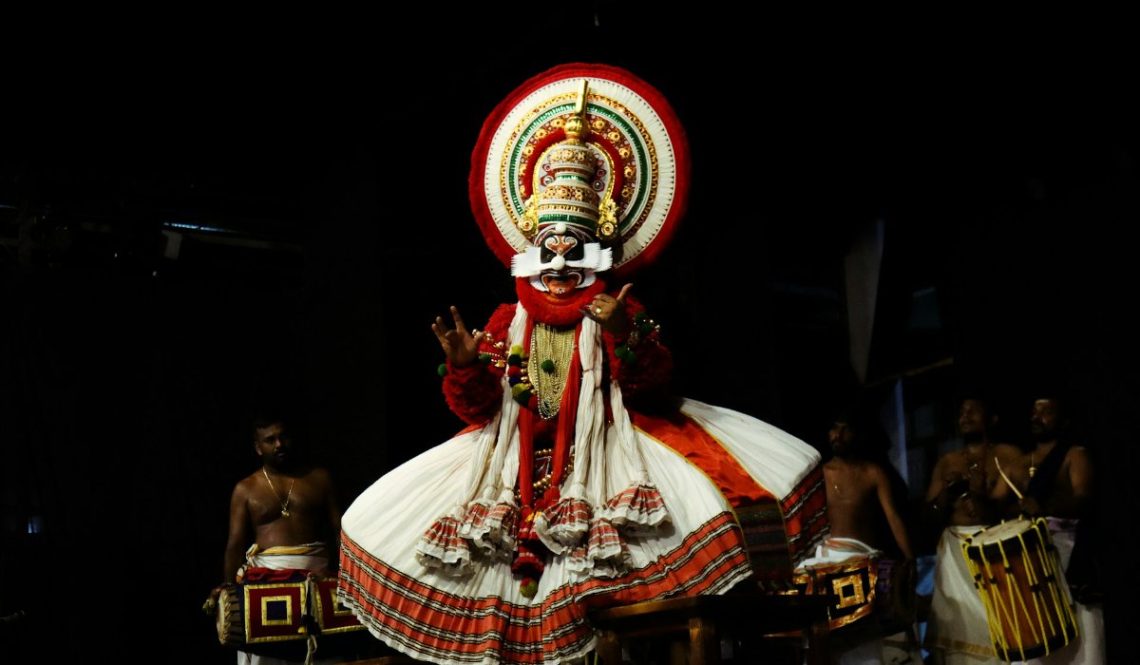
Top 10 Traditional Indian Dance Forms: A Journey Through Culture and Heritage
Indian classical dance forms are an integral aspect of India’s rich cultural heritage. These dance forms are not just about physical movements but are deeply rooted in the spiritual and cultural traditions of the country. Each dance form has its own unique style, history, and significance, representing the diverse regions and communities of India. From the complex footwork of Bharatanatyam to the expressive storytelling of Kathak, Indian classical dance forms offer a window into the soul of the nation. This blog will talk about these dance forms, exploring their origins, cultural significance, and the impact they continue to have on both performers and audiences around the world.
Top Indian Classical Dance Forms to Know About
1. Bharatanatyam
Originating from the temples of Tamil Nadu, Bharatanatyam is one of the oldest classical dance forms in India. This dance is characterized by its fixed upper torso, bent legs, and intricate footwork combined with expressive hand gestures and facial expressions. Traditionally, Bharatanatyam was performed as a form of worship in temples, and it still retains its spiritual essence today.

2. Kathak
Kathak hails from North India and is known for its storytelling aspect. The word ‘Kathak’ comes from the Sanskrit word known as ‘Katha’, meaning story. Dancers tell stories through their intricate footwork, spins, and dramatic expressions. Kathak has both Hindu and Muslim cultural influences, making it a unique dance form that reflects India’s diverse heritage.
3. Kathakali
Kathakali is a popular classical dance form from Kerala, known for its costumes, dramatic makeup, and expressive gestures. This dance is a blend of dance, music, and acting, often depicting stories from Hindu epics like the Mahabharata and Ramayana. The performers, usually male, undergo rigorous training to master the art of Kathakali, making it one of the most difficult dance forms to perform.
4. Odissi
Odissi is a classical dance style from Odisha, often described as the oldest surviving dance form of India. It is known for its fluid movements, grace, and the depiction of ancient Hindu temples. Odissi dancers are known for their mastery of intricate footwork and expressive gestures, which they use to narrate stories from Hindu mythology.

5. Kuchipudi
Kuchipudi is a dance form from Andhra Pradesh, and like Bharatanatyam, it has roots in temple rituals. It is unique for its use of both dance and drama, where performers take on roles and tell stories through their expressions and movements. The dance form is known for its fast-paced movements, great footwork, and sculptural poses.

Image Source: Wikipedia
6. Manipuri
Manipuri, as the name suggests, originates from the northeastern state of Manipur. This dance form is deeply spiritual and is often associated with themes of devotion and love, especially towards Lord Krishna. Manipuri is characterized by its graceful movements, delicate hand gestures, and the use of traditional costumes, including the distinctive cylindrical skirt worn by female dancers.

7. Mohiniyattam
Mohiniyattam is another classical dance from Kerala, known for its graceful, swaying movements. The dance is traditionally performed by women and is characterized by gentle footwork, rhythmic movements, and expressive facial expressions. Mohiniyattam often tells stories of love and devotion, making it a soulful and evocative dance form.

Image Source: Wikipedia
8. Sattriya
Sattriya is a classical dance from Assam, rooted in the Vaishnavite monasteries of the region. Initially performed as a part of religious rituals, Sattriya has now evolved into a major classical dance form of India. It is known for its rhythmic movements, intricate hand gestures, and the use of traditional Assamese music.

Image Source: Wikipedia
9. Garba
Garba is a famous folk dance from Gujarat, which is traditionally performed during the Navratri festival. The dance is characterized by its high energy, rhythmic clapping, and circular movements. Participants, dressed in colourful traditional attire, dance around a central lamp or an image of Goddess Durga. Garba is a dance of joy and community, often performed in large groups.
10. Bhangra
Bhangra is a lively folk dance from Punjab, originally performed by farmers to celebrate the harvest season. It is now a popular dance form across India and the world, especially during festivals and celebrations. Bhangra is known for its energetic movements, vigorous footwork, and the use of traditional Punjabi music. The dance is often performed in vibrant costumes, adding to its festive appeal.
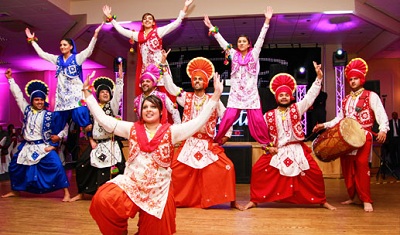
Image Source: Wikipedia
India’s dance forms are as diverse as its culture, each reflecting the history, beliefs, and traditions of the region it comes from. Whether it’s the classical elegance of Bharatanatyam or the energetic rhythm of Bhangra, Indian dance forms continue to fascinate and inspire people across the world. These dances are not just a form of entertainment but a profound expression of India’s rich cultural heritage.
FAQs
What are Indian classical dance forms?
Indian classical dance forms are traditional dances that have been passed down through generations in India. These dance forms are deeply rooted in religious and cultural traditions, and each has its own distinctive style, technique, and history. Examples include Bharatanatyam, Kathak, and Odissi.
How many classical dance forms are there in India?
India officially recognizes eight classical dance forms, including Bharatanatyam, Kathak, Kathakali, Odissi, Kuchipudi, Manipuri, Mohiniyattam, and Sattriya. Each of these dance forms is associated with a specific region and carries its own cultural and spiritual significance.
What is the significance of Indian classical dance forms?
Indian classical dance forms are not just performances; they are a form of storytelling that conveys religious stories, cultural myths, and moral lessons. These dance forms also serve as a medium of devotion and meditation, connecting the dancer and the audience to the divine.
What’s the difference between classical and folk dance in India?
Classical dance forms in India are highly stylized, with a strict set of rules, techniques, and hand gestures that have been preserved over centuries. They are usually associated with religious rituals and performances. Folk dances, on the other hand, are more spontaneous and are performed during festivals, celebrations, and social gatherings. Folk dances vary widely from region to region and are often reflective of the daily lives and traditions of the people.
Khushi Jha
I am Khushi Jha, a proud alumna of Delhi University with a degree in History and Political Science. My fascination with the events that have shaped our world drives me every day. Currently, I am pursuing my Master’s in History, diving even deeper into global dynamics and the incredible heritage of India. I firmly believe that India's rich heritage deserves wider recognition. I strive to bring its stories to the forefront, ensuring they are celebrated and acknowledged on a global stage. I have written extensively across various niches, including fashion, health, lifestyle, real estate, hospitality, amongst others. In my free time, you’ll find me immersed in books, both fiction and non-fiction, or simply enjoying some much-needed rest.
You May Also Like
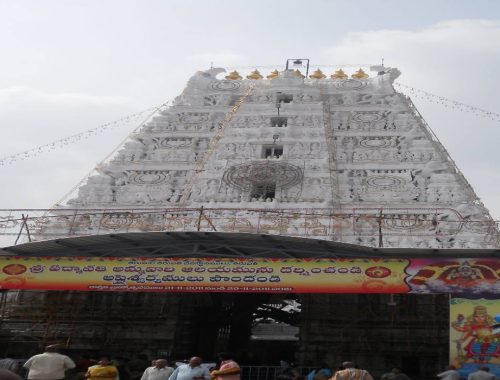
Tiruchanur Padmavati Temple Ready for Annual Brahmotsavams
November 23, 2024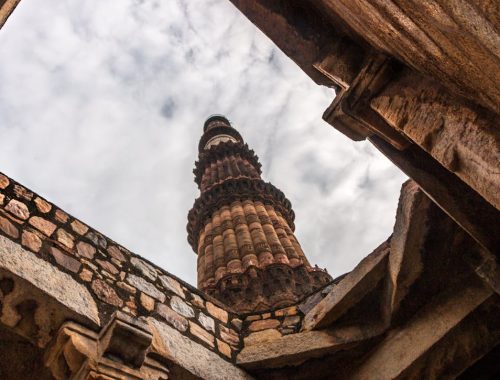
The Cultural Story of Delhi: A City Built on Memory, Migration and Many Histories
December 6, 2025